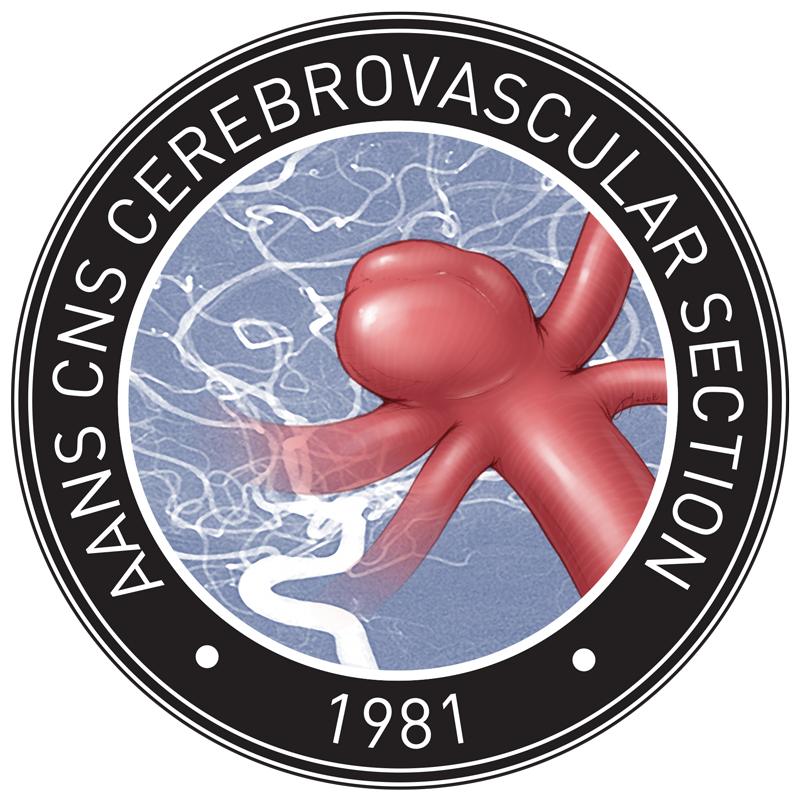Woven EndoBridge (WEB) technique for cerebral aneurysms

The Woven EndoBridge (WEB) technique represents an intrasaccular device designed to obliterate cerebral aneurysms and was first introduced approximately 4 years ago. Currently there are 3 versions including a double and single layer cube and a single layer sphere. The primary target aneurysm has a wide neck difficult to treat with conventional endovascular techniques. In this study, the authors reviewed 109 patients with 112 aneurysms treated with WEB across the United Kingdom. Aneurysms were most commonly located in the basilar apex followed by the middle cerebral artery.
In 92.9% of procedures or 94.5% of patients, the WEB device was successfully deployed. In 36.7% of patients, an adverse event was recorded. Adverse events related to the WEB device were encountered in 15.6% of patients, symptomatic in 1.8%. Thromboembolism occurred in 15.6% of patients and was symptomatic in 6.4% of patients. One hundred patients had clinical follow-up beyond 3 months. Radiographic follow-up was not reported.
There are several questions that remain. How does WEB compare to primary coiling or stent-assisted coiling in terms of recanalization? What is the ideal antiplatelet management? Antiplatelet management was not standardized in the current study. How many patients were screened for WEB and found unsuitable. Is the WEB only an option for a small subset of cerebral aneurysms.
